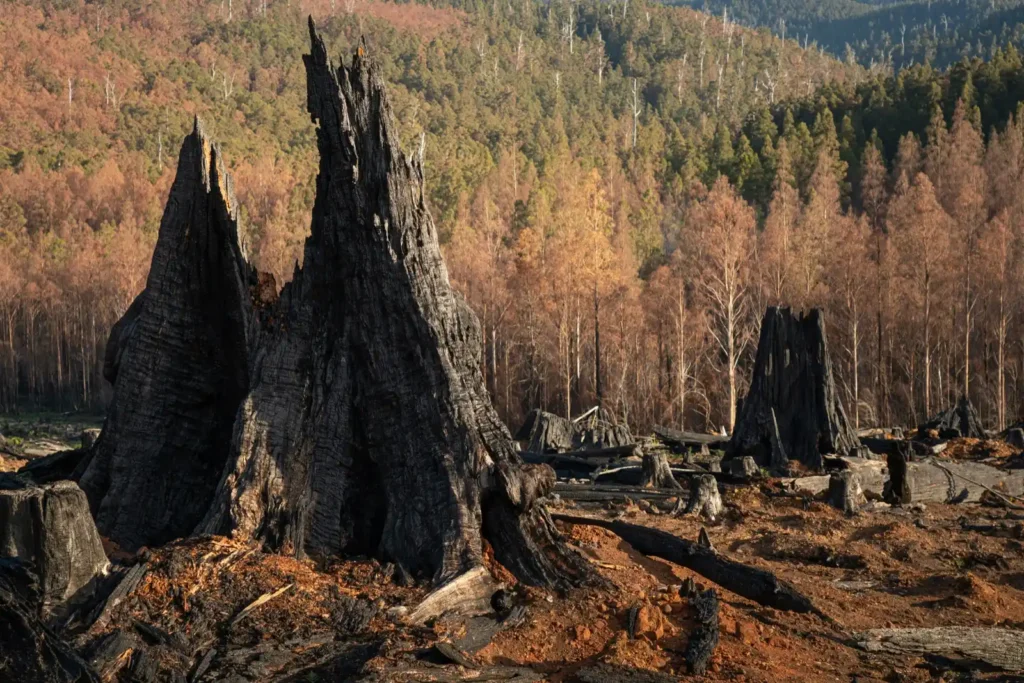“People better come visit quick.” He was somber when he spoke, as if he’d already accepted his fate. Tourists had fallen in recent years, all pegging back their visit because, well, there was less of the coast to see. Erosion had all but spoiled his beachside caravan park up in the northwest of Australia. And it were his next words that made me realise this was a global phenomenon: “They call it last chance tourism.”
For some, climate change has unfortunately become a term that can exit ears as quickly as it entered. It’s so thoroughly and widely talked about, many hear white noise when climate change is discussed or—as we’re seeing more of—downright reject it. That’s until you hear a term like that.
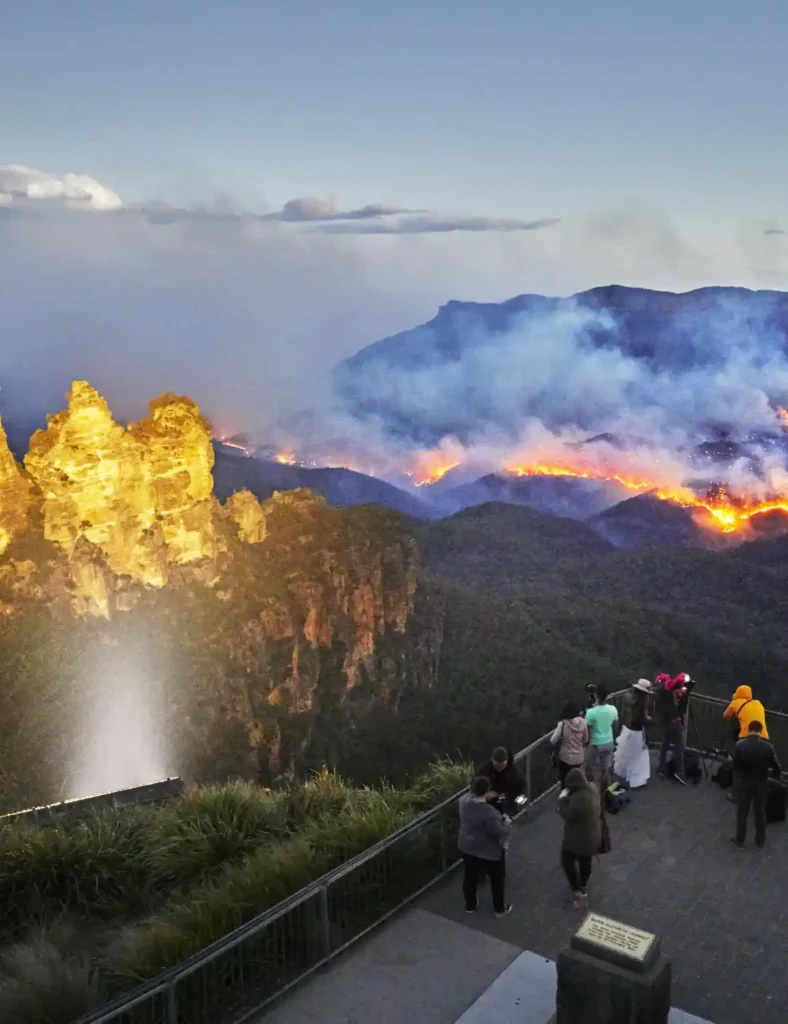
Last chance tourism (LTC, or last chance travel) is a type of travel that’s based around viewing or experiencing natural wonders before their decline becomes so significant that, well, there’s nothing left for tourists to see. Some examples of last chance tourism include Australia’s Great Barrier Reef, Glacier National Park in the USA, Mer de Glace glacier in the French Alps and even Italy’s famous floating city of Venice.
And the scary part for us Aussies, is that last chance travel is already happening right here in our beautiful country. LTC mightn’t be a mainstream idea, but it has the potential to be.
Skip to:
What is last chance tourism?
Last Chance Tourism (LCT) is the idea of visiting natural wonders and cultural sites that are vanishing or under serious threat from climate change, human intervention or environmental degradation. LTC is a form of travel sadly driven by urgency and scarcity, from the loss of vibrant coral colours due to coral bleaching to the huge reduction in local animal populations because of habitat destruction.
We’re seeing an increase in forest fires across the globe, rising sea levels, declining animal populations and coastal erosion. These well documented impacts are forcing many travellers to bring forward their trips to ensure they don’t miss seeing many natural wonders while they still exist. The term ‘last chance tourism’ hasn’t gone viral in Australia yet, thankfully, but has the potential to as we see the decline of an increasing number of natural sites around the country.
How is last chance tourism impacting Australia’s favourite destinations?
Coastal erosion
The removal of sand, sediment and bedrock from shorelines is causing coastal lands in Australia to retreat. Coastal erosion is due to rising sea levels as well as more frequent storm surges and is threatening some of the country’s premier tourist destinations. In WA alone, there are 55 coastal erosion hotspots and 31 additional areas under watch.
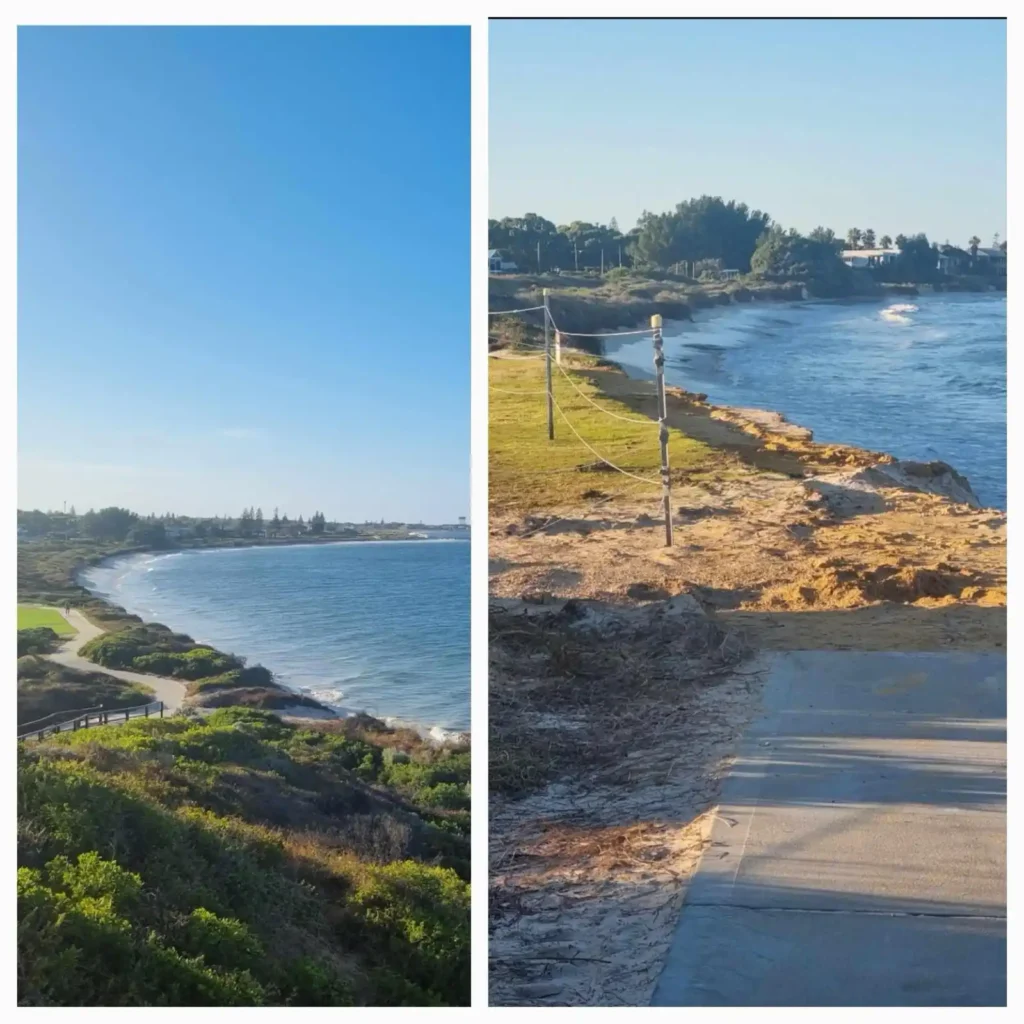
Coral bleaching
Some of the best natural wonders in Australia are found underwater, from its whales to its reefs. A vast number of coral reefs around Australia—including the Great Barrier Reef, a well-known Last Chance Tourism destination—are losing their vibrant colours at an alarming rate through coral bleaching. Rising ocean temperatures and pollution cause the corals to expel the algae inside their tissues, leaving their once vibrantly coloured tissues to turn white. Eventually, these corals die.
Heat
Rising temperatures are causing devastating impacts to Australia’s natural landscape. Fires are more prevalent and more extreme, water temperatures are heading north, droughts are leaving waterways dry and dusty, and extreme heat is causing the reduction of animal populations in many areas.
Storms
More frequent and violent storms are stripping back coastal shorelines, removing crucial sediment and bedrock.
Floods
Floods have dramatically increased in volume in Australia over the last 75 years, as have their intensity. More homes are at risk of flooding in their lifetimes and the same is said for tourist areas. Floods are putting holiday goers at risk, and also causing long-term damage to important tourist attractions.
Declining animal populations
Any of the above factors can and have resulted in a huge reduction of animal species populations around the globe. Sadly, Last Chance Tourism extends to regions with once vast numbers of incredible animal populations which are now dwindling.
Cultural priorities
On the positive side of last chance tourism, more focus is being placed on Australian First Nations, with the planned closure of some tourist attractions (notably in Horizontal Falls in WA’s Kimberleys region) to ensure sacred sites remain protected to their original owners.
What to remember about last chance tourism
The term is indeed paradoxical. If it takes off, last chance tourism is likely to cause an influx of extra foot traffic, extra tour groups, buses and boats, who—without the proper care, respect and caution—have the propensity to hasten the decline of these already threatened natural areas.
If you’re going to jump on last chance tourism, then do so with an open mind. Visitors should be wary not to accelerate the decline that the very presence of brought them to these destinations.
7 last chance tourism destinations in Australia
We wish this list could be shorter. The reality is, there are far more last chance tourism destinations in Australia than we’ve laid out below.
1. Great Barrier Reef (QLD)
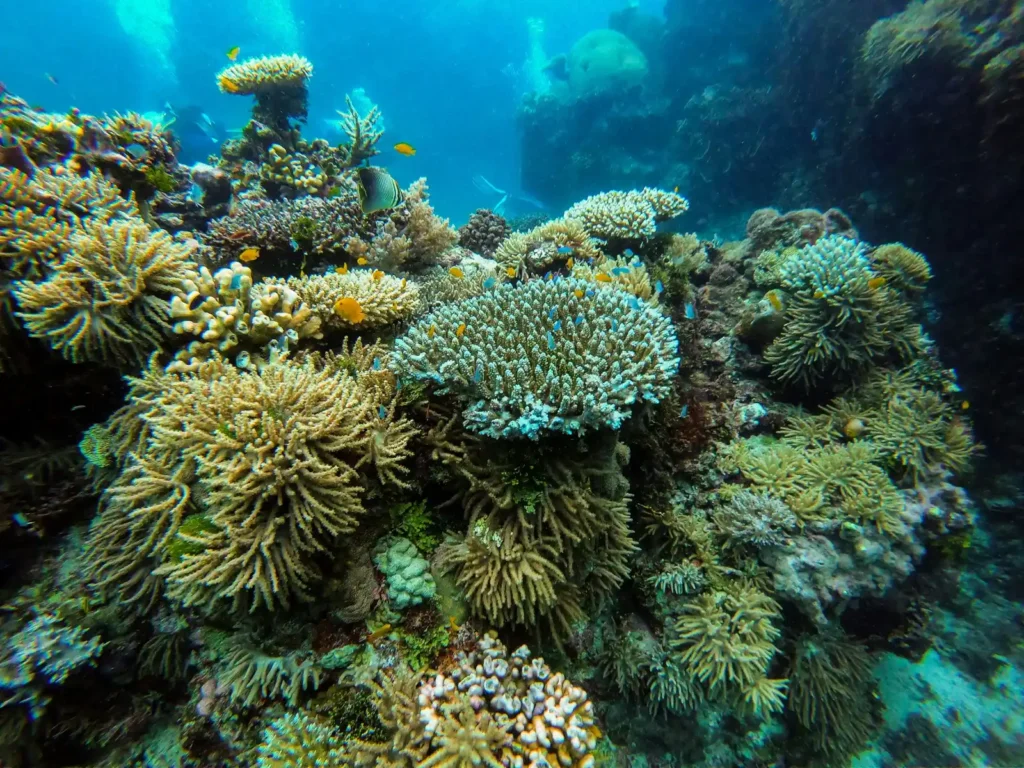
The Great Barrier Reef arguably has the most worrisome future out of any of Australia’s natural wonders. Increased water temperatures and pollution have caused increasing stress on the coral, forcing the coral to expel algae (called zooxanthellae) from their tissue. The result is that their previously vibrant coloured corals turn completely white.
Record-breaking heatwaves has meant that 91 per cent of the reef was, in March 2022, bleached. These events have become more frequent, especially since 2016. Bleaching can lead to the death of coral reefs, which of course means last chance tourists won’t have a reef to visit should the coral bleaching continue.
Known as the old growth forests of the sea, corals are the earth’s building blocks for life. Their importance can’t be understated, so it’s not necessarily last chance tourism to the Great Barrier Reef that needs to be promoted, but the widespread education of its necessity.
2. Ningaloo Reef (WA)
Ningaloo Reef is seeing the same coral bleaching as the Great Barrier Reef, brought on by rising sea temps. The increase in carbon emissions from oil and gas mining is the primary culprit, and with WA’s offshore drilling set to not only continue but expand, there’s a huge risk for the Ningaloo Reef to see its last days in our generation.
The Ningaloo Reef is home to an incredible diversity of marine life. Visiting in 2024 on a road trip from Red Bluff, I visibly noticed some parts of the reef under stress, the white skeletons covered in a deathly coloured algae. As I was freediving down to glimpse Ningaloo’s corals, it was shocking to imagine the entire ecosystem of coral in Ningaloo experiencing the same fate as the Great Barrier Reef.
Experts say 80-to-90-per cent of corals in the northern section of the reef are already bleaching. For tourists wanting to responsibly check out one of WA’s corn jewels, there’s no time to waste.
3. Daintree Rainforest (QLD)
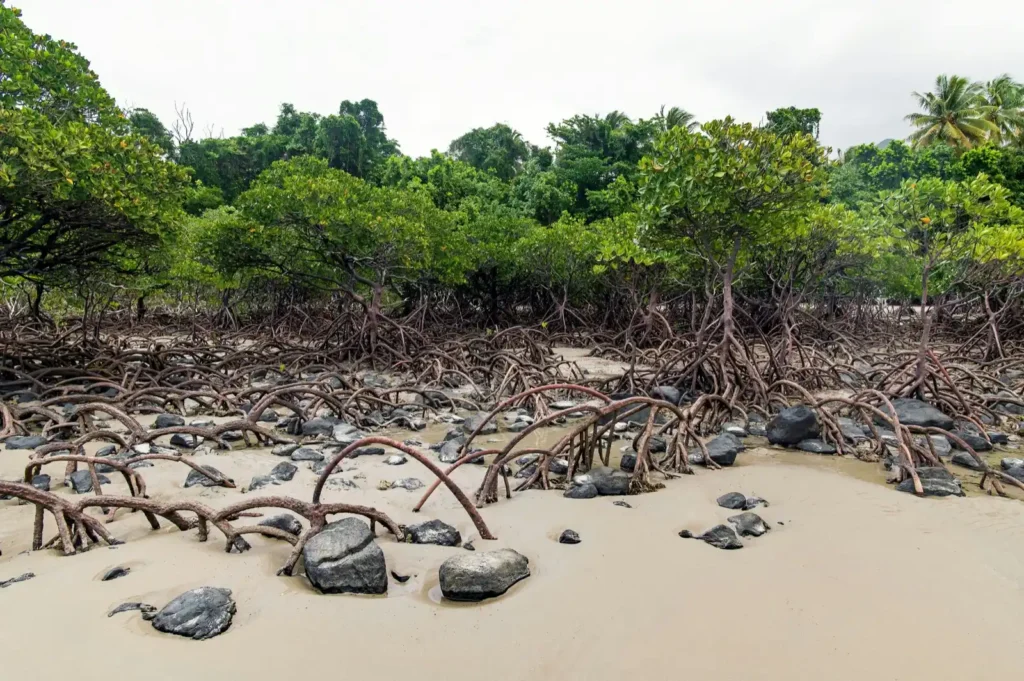
The Daintree Forest is becoming increasingly known as a threatened destination, some of its vast landscape at risk of extinction from flooding, extreme wind and storms.
Beyond natural events, deforestation is devastating the region. The domino effect on its ecosystem is huge, as it causes fragmentation—whereby larger forest areas are divided to smaller, isolated patches that rupture the natural existence of flora and fauna.
The government’s response might include changing the park’s peak periods and reducing accessibility during certain times of the year.
4. Old Growth Forests (TAS)
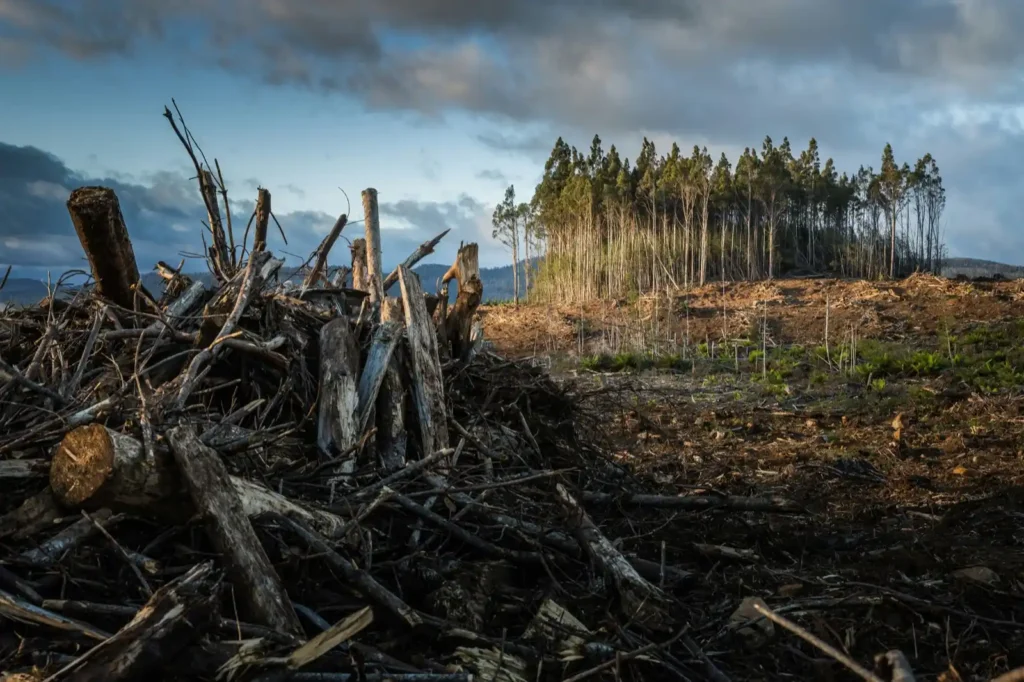
Did you know that 25 per cent of Tasmania’s wood product comes from its own native forests? That’s compared to just 9 per cent for the rest of the country. The result is that there are far fewer old growth trees around in Tasmania for us to stretch our necks to see the top of.
Tasmania has become less known for its incredible old growth forests and more known for the destruction of them. The government has already revealed plans to make 39,000 hectares of native Tasmanian forest available for commercial logging. While we’ve won the fight against old growth logging here in West Australia, the fight continues in other areas of the country. Tasmania cops the brunt of the threat against its unprotected natural forests, the result of which will undoubtedly leave little (if any) of these unfathomably large trees standing.
5. Horizontal Falls (WA)
I went to Horizontal Falls when I was about 18, just old enough to really appreciate what I was seeing. Now, I just feel fortunate enough to have gone because not everyone will get that chance.
That said, I’m excited about it, because the government plans to cease all tourism at Horizontal Falls in the Kimberleys by 2028, the area being home to some of Western Australia’s premier tourist destinations. For Dambimangari people, the Horizontal Falls reflects the power of their sea country. The traditional owners completely support the government’s decision to cease tourist operations at the Falls, while tourists can still access the water and airways surrounding Horizontal Falls.
Last chance tourists should take note: while they are still open, the Horizontal Falls are an incredible natural formation to witness firsthand, the waters of the narrow passage between two gorges ebbing and flowing with the tides and causing an incredible volume of rushing water which boats can (until 2028) pass through.
6. Penguin Island (WA)
There’s already a call for the government to close Penguin Island, a small penguin populated island located a 10-minute ferry ride from Rockingham in West Australia (which is home to some of the best fishing spots in Perth). The dwindling little penguin population is already scarily low, having dropped 94 per cent since 2007. The figure of remaining penguins is absolutely shocking: just 114 left on the island.
This is a destination that likely needs to be protected more than visited, and by enabling the tiny remaining population to reproduce the hope is that Penguin Island will no longer be a last chance tourist destination in Australia: it’ll be a place we’ll take our grandkids in decades to come.
7. The Twelve Apostles (VIC)
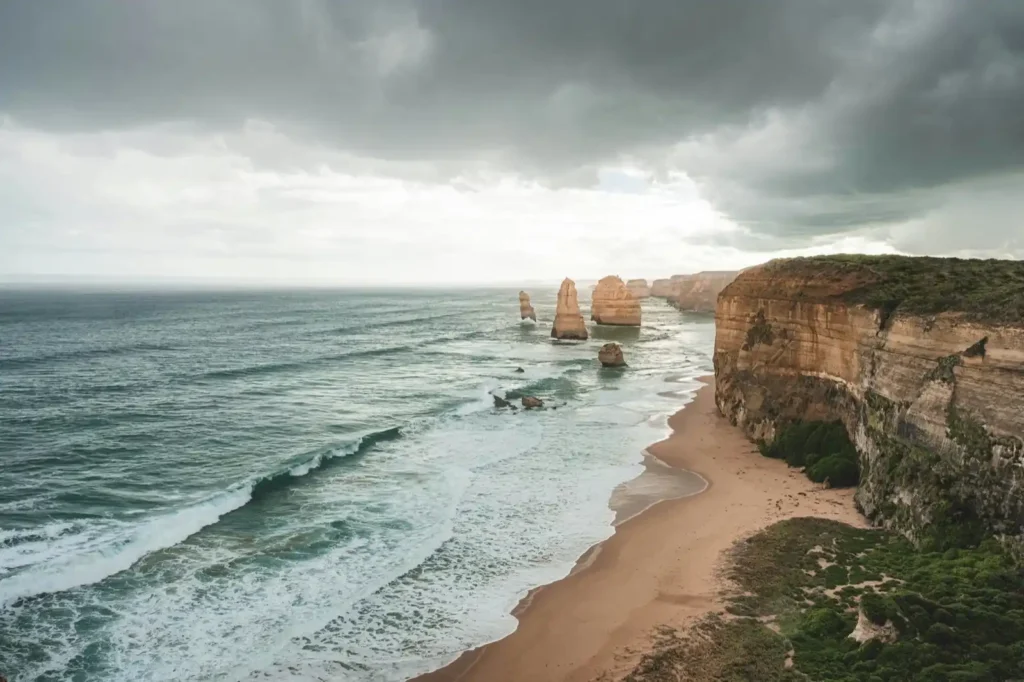
Already reduced to seven apostles, it’s agreed that The Twelve Apostles—several limestone stacks that formed over millions of years by the erosive forces of the Southern Ocean—will cease to exist. The question is: when?
The last fell in 2009, and the first collapsed in 2005. That’s right, there were only ever nine apostles. But for almost a quarter of the majestic limestone structures to disappear within a few years of one another—and in such recent history—suggests that it mightn’t be long before we see headlines here in Australia about another collapse.
Australia’s The Twelve Apostles is a last chance tourism destination well worth visiting, even if only seven still stand.
Ever hear your parents say, “It was better in my day”? The scary truth is that these are words our own children will likely hear if environmental awareness and action don’t increase in line with the loss of our beloved natural tourist destinations in Australia.
With education and positive change, last chance tourism can be a term that’s phased out as quickly as it was phased in. Otherwise, the list of last chance tourism destinations in Australia will only grow (or shorten, if these natural wonders cease to exist).
On a brighter note, there are places to camp that are all about sustainability and regeneration of the land your tent is pitched on. Headed to the southwest? Make sure you check out Margaret River’s best permaculture camping experience at Fair Harvest.
